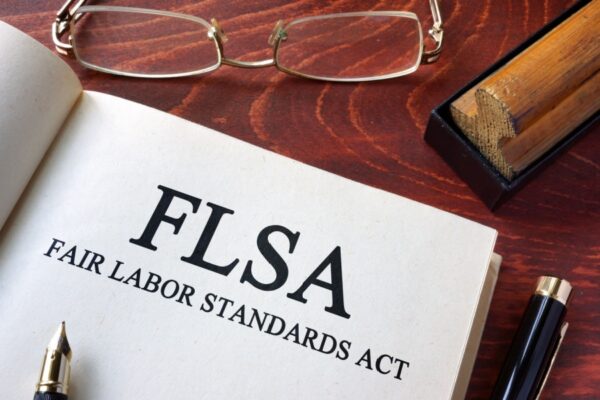As energy costs continue to rise and building standards become more environmentally rigorous, it’s not uncommon for construction projects to specify sustainable building practices, or “green” building principles. But capitalizing on the trend to build green can quickly turn your profit margin from black to red if you don’t have a clear understanding of your additional contract exposures.
What is Green Construction? According to the Environmental Protection Agency, green building is the practice of creating structures and using processes that are environmentally responsible and resource-efficient throughout a building’s life-cycle from siting to design, construction, operation, maintenance, renovation and deconstruction.
These structures meet specific objectives that protect the occupant’s health, are more energy-efficient, use resources more effectively and provide business tax incentives.
How is Certification Achieved?To uphold green building standards, the U.S. Green Building Council created the LEED (Leadership in Energy and Environmental Design) program, which outlines standards for building using natural resources, recycled or healthy materials.
The LEED system evaluates projects based on design, construction and operation, serving as the voluntary national standard for sustainable buildings. It uses a checklist and point system of recommended practices where achieving various point levels can certify the building as having achieved silver, gold or platinum status. These practices involve such issues as efficient water and energy use, the reuse of waste materials, and the use of renewable and regionally produced products.
The LEED certification standards are rigorous, and a simple misstep, such as not following a project’s material recycling or erosion plan, can put a project’s certification in jeopardy.
How Can I Manage My Contract Exposures? From managing delays to guaranteeing certification, the following offers some common contract considerations and ways to minimize liability risks.
- Limit Contract Warranties
It’s true that green building leads to operational cost savings, healthier work and living spaces, and increased tax incentives, but it’s important to limit warranties to those expressly provided in the contract. If you oversell the benefits that you can deliver, you could face alleged fraud or false advertising charges.
Additionally, no single party is responsible for meeting a construction project’s certification goals, and certification is typically regulated by a third party over which you have no control. Therefore, never guarantee the level of certification on a project. Instead, warrant that the work will meet project specifications and accepted industry standards.
- Reduce Delay Risks
Anticipate unexpected delays, such as a shortage of green materials or lack of skilled workers, by updating the contract’s force majeure clause to shift the risk allocation for these types of delays to the owner.
Also specifically define in the contract what is meant by substantial completion, and don’t tie it to a project’s certification status. Obtaining certification may take up to a year after substantial completion of a project is reached. Therefore, it is also advisable to revise the contract if it restricts payments to you based on certification status.
- Define Consequential Damages
While many traditional construction contracts include mutual waivers of consequential damages, it is unclear if the courts consider lost tax incentives, decreased energy savings, decreased water bill savings, etc. as consequential damages. To ensure that these types of sustainable construction damages are waived, include them in the clause waiving consequential damages. - Retain Right to Cure
Green building projects often use new, unproven materials and technologies, which may lead to future maintenance and performance issues. Spell out in the contract who is responsible for a component’s maintenance or malfunction, or what happens if a manufacturer goes out of business. Additionally, incorporate a clause which states that you retain the right to cure any alleged defective work, materials or equipment prior to the owner hiring another contractor to repair the work.
Count on Our Expertise
While this article focuses on common contract considerations, the process of taking a green building project from conception to use is complex. You can count on our firm’s well-informed risk managers to help you pinpoint exposures unique to your business and the potential ways to manage or transfer those risks.
Contact The Horton Group at 708-845-3000 today to learn more about our insurance and loss control solutions.
Material posted on this website is for informational purposes only and does not constitute a legal opinion or medical advice. Contact your legal representative or medical professional for information specific to your legal or medical needs.



